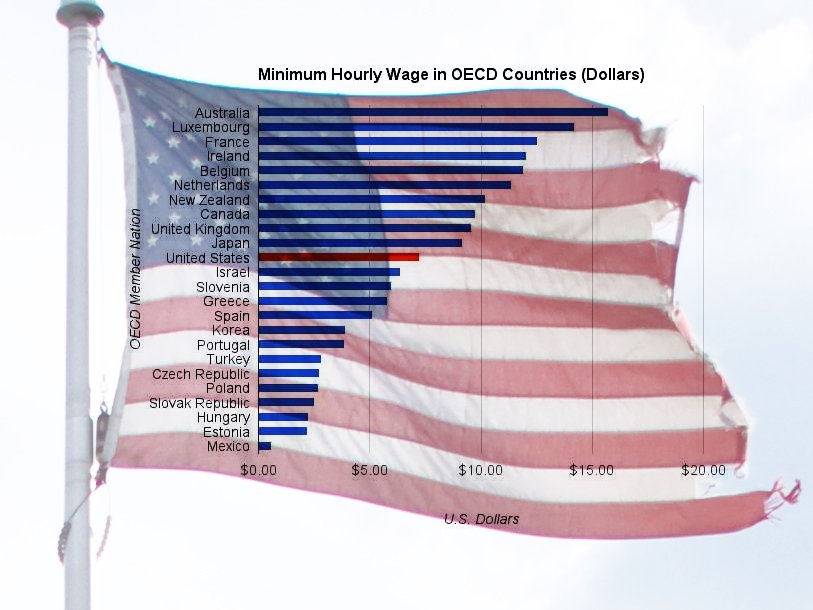“After U.S. and allied warplanes destroyed a key bridge carrying 15 oil and gas pipelines in northern Iraq during the 2003 conflict there, officials in Washington and Baghdad made its postwar reconstruction a top priority. But instead of spending two months to rebuild the span over the Tigris River at an estimated cost of $5 million, they decided for security reasons to bury the pipelines beneath it, at an estimated cost more than five times greater.
What ultimately happened there tells the story — in a microcosm — of a substantial chunk of the massive nine-year U.S. effort to reconstruct Iraq, the second-largest such endeavor in history (only the U.S. investment in Afghanistan has been larger).
Studies conducted before the digging of the new pipelines started showed that the soil was too sandy, but neither the Army Corps of Engineers overseeing the effort nor the main contractor at the site, Kellogg Brown and Root (KBR), heeded the warning. As a result, “tens of millions of dollars [were] wasted on churning sand” without making any headway, as Special Inspector General for Iraq Reconstruction Stuart W. Bowen Jr., described it in his recently published final report on the U.S. occupation.
By the time the digging effort was halted, and the old bridge and piping repaired — more than three years later — the bill had reached more than $100 million. “Because of the nature of the original contract, the government was unable to recover any of the money wasted on this project,” Bowen said. More than $1.5 billion in oil revenues may have been lost as a result of the delays. KBR did not respond to a request for comment.
The episode is, in short, emblematic of the contracting abuses and mismanagement that wasted at least $8 billion of the $60 billion spent by Washington on Iraq’s post-war recovery, under the guidance of what Bowen describes in his report as “adhocracy” largely controlled by the U.S. military — a structure that never “coalesced into a coherent whole” and often failed to achieve its aims.
With the U.S. military now gone from Iraq and the 10th anniversary of the invasion only days away, Bowen’s retrospective summary of his audits offers useful insights into how well the U.S. government managed its occupation and the legacy it left behind. The mostly downbeat tone is set early, when the report summarizes final interviews Bowen conducted with 44 top U.S. and Iraq officials, who addressed the simple question of whether the decade-long project left Iraq in better shape.
Most of the Americans he spoke to were rueful, noting multiple miscalculations, poor planning, disorganization in Washington, and inadequate consultation with Iraqis. James Jeffrey, the U.S. ambassador in Iraq from 2010 to 2012, told Bowen that “the U.S. reconstruction money used to build up Iraq was not effective … We didn’t get much in return.”
Only retired Army Gen. David Petraeus, who commanded U.S. forces in Iraq before shifting to Afghanistan and then briefly directing the CIA, was ebullient, claiming the effort had brought “colossal benefits to Iraq.”
Virtually every senior Iraqi, in sharp contrast, said the decade-long U.S. occupation was beset by huge misspending and waste, and had accomplished little. The biggest footprint Americans left behind, most of these Iraqi officials said, was more corruption and widespread money-laundering. Such a huge investment “could have brought great change in Iraq,” Prime Minister Nuri al-Maliki said, but the gains were often “lost.”
Billions here, billions there
The bill for Iraq is hard to divide into neat categories, but in rough terms: Washington spent more than $15 billion to try and improve Iraq’s power and water supply, revive its schools, and repair its roads and housing; it spent another $9 billion on health care, law enforcement, and humanitarian assistance; it spent $20 billion training and re-equipping Iraqi security forces; it spent roughly $8 billion to enhance the rule of law and battle narcotics; and it spent $5 billion helping to prop up the economy….”
Full article
Comments »



